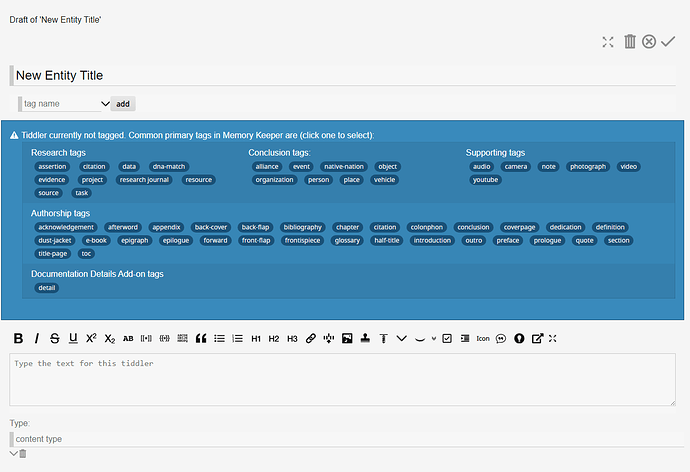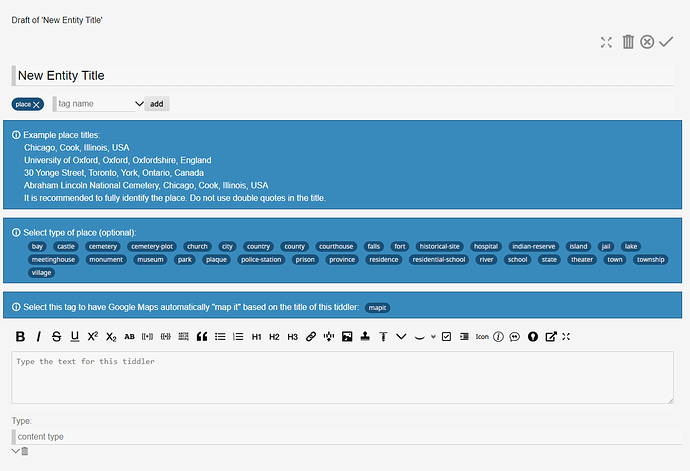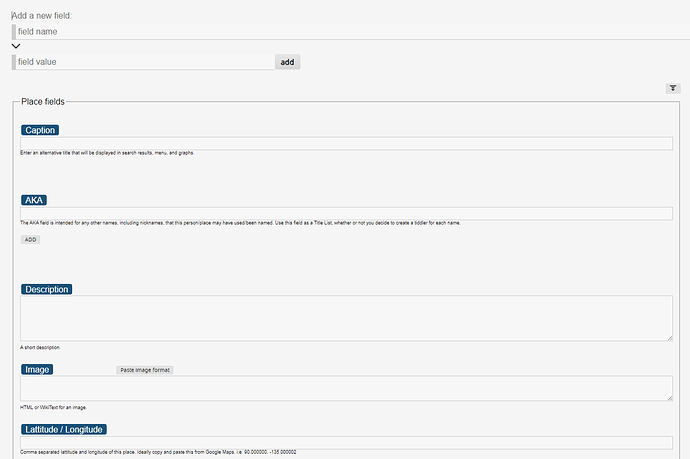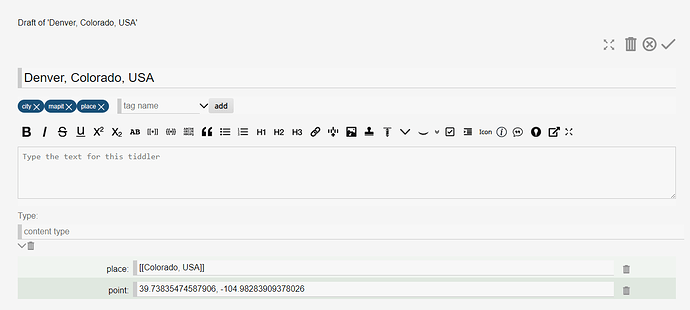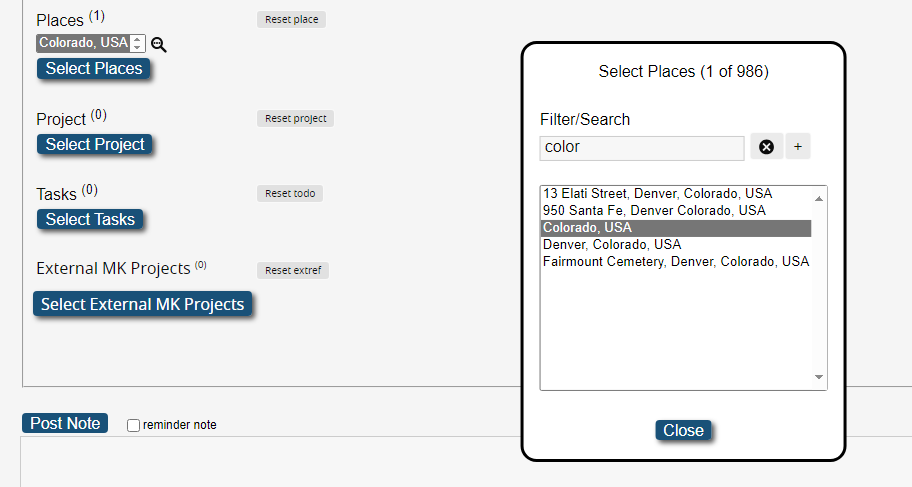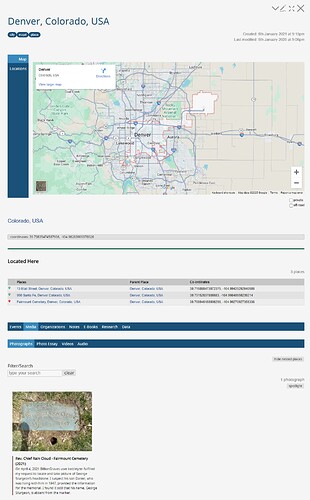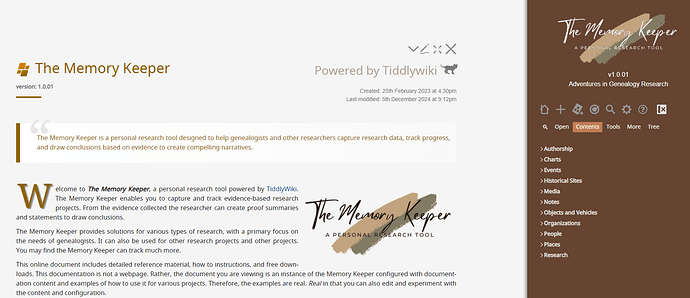I am building a cookbook for my family’s recipes (https://technome-cookbook.tiddlyhost.com/) that can also be used for planning meals (both manually and somewhat automated) and create lists of ingredients to check the pantry for before going to the grocery store. I’d like to discuss my goals and current design to see if any of it might be better designed.
Goals
- Allow easy entry of new recipes without having to understand the ins and outs of TW5
- A custom front-end/editor for building meal plans on a weekly basis
- Have TW5 automatically show today’s meal plan when I first open the wiki
- Have a shopping list auto generated by selecting a meal plan to shop for. The shopping list should group together all similar items and add the quantities (if 3 recipes call for a teaspoon of salt, the shopping list should contain a single entry for 3 teaspoons of salt)
- A robust search mechanism to search for recipes. Examples:
a. Search by tag (Dessert, Dinner, Meat, Vegetarian, Beef, Chicken, Freezable/able to be prepared in advance)
a. Search by # of ingredients or by a specific ingredient
Current Design
Recipes - Each recipe is currently a tiddler, with transcluded Ingredients that contain quantity/measurement/ingredient (1 tbsp Salt) fields and a template to display the information stored in the fields. Each Recipe is tagged as “Recipes” (should this be singular?). Ingredients are not currently tagged and have a recipe-parent field linking back to the Recipe tiddler title.
Meal Plans - Each meal plan is currently planned to be for a week and be its own tiddler. @Springer suggested in another thread that it might be better to have each day’s meal plan be its own tiddler, which may make Goal #3 easier to accomplish.
Shopping List - Based on a given Meal Plan, I can currently find ingredients from each tiddler mentioned in a meal plan and generate a list of all ingredients, but I don’t yet have a mechanism to group and sum those items.
I welcome any input on this design before I go much further. I am reading Grok TiddlyWiki while working through my idea, and have installed the TW Commander plugin to make it easier to make bulk changes to the few recipes I’ve already added as my design changes. My background is in web development and CRUD database design so get as technical as you want in your suggestions!
Shawn
 I often think that it would be nice to transition toward using TW for complex applications I have other solutions for, simply because one of my core philosophies in my approach to TW is that one should be able to reference any things from all points – therefore, it is sometimes annoying annoying to me that, for example, my journal entry about the day I spent meal prepping does not have an interlink with the place where I am doing my mealplanning
I often think that it would be nice to transition toward using TW for complex applications I have other solutions for, simply because one of my core philosophies in my approach to TW is that one should be able to reference any things from all points – therefore, it is sometimes annoying annoying to me that, for example, my journal entry about the day I spent meal prepping does not have an interlink with the place where I am doing my mealplanning so to speak
so to speak